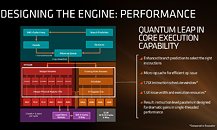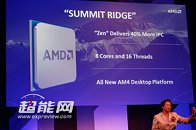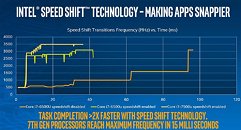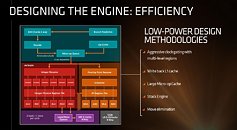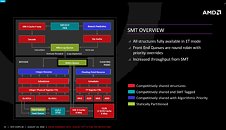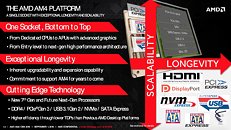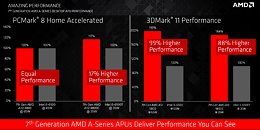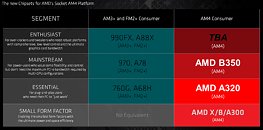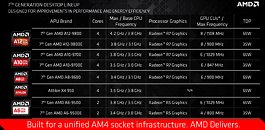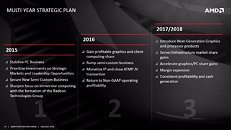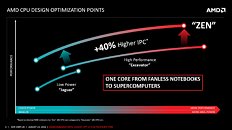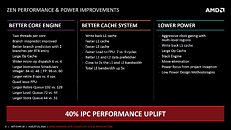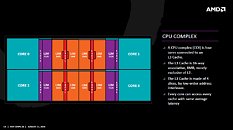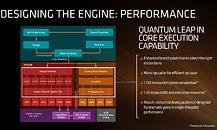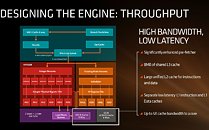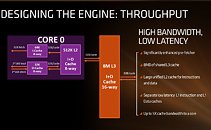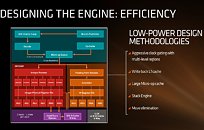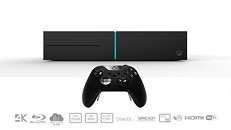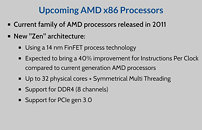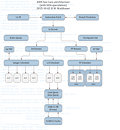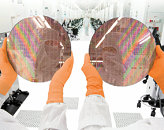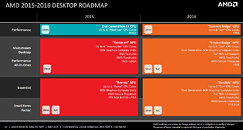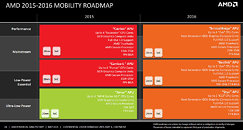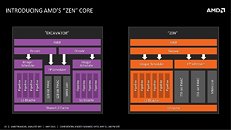
AMD Aggressively Clearing Inventory to Make Room for ZEN
AMD is reportedly "aggressively clearing" its inventories of current-generation processors, such products in the AM3+ and FM2+ packages; to make room for next-generation processors based on the "ZEN" architecture, and new 7th generation A-series "Bristol Ridge" APUs, both of which are built in the new socket AM4 package. You should be able to find AMD FX CPUs at attractive prices, so current 4-core and 6-core users could be lured to upgrade to faster 8-core chips, including those featuring the company's Wraith silent CPU cooler.
Taiwan industry observer DigiTimes reports that AMD will launch its next-generation "ZEN" processors, and motherboards based on the high-end X370 chipset, alongside the 2017 International CES expo, in early January. 2017 promises to be a big year for the company as it's not only attempting to regain competitiveness in the performance desktop CPU space, but also high-end graphics, with its Radeon "VEGA" family.
Taiwan industry observer DigiTimes reports that AMD will launch its next-generation "ZEN" processors, and motherboards based on the high-end X370 chipset, alongside the 2017 International CES expo, in early January. 2017 promises to be a big year for the company as it's not only attempting to regain competitiveness in the performance desktop CPU space, but also high-end graphics, with its Radeon "VEGA" family.
